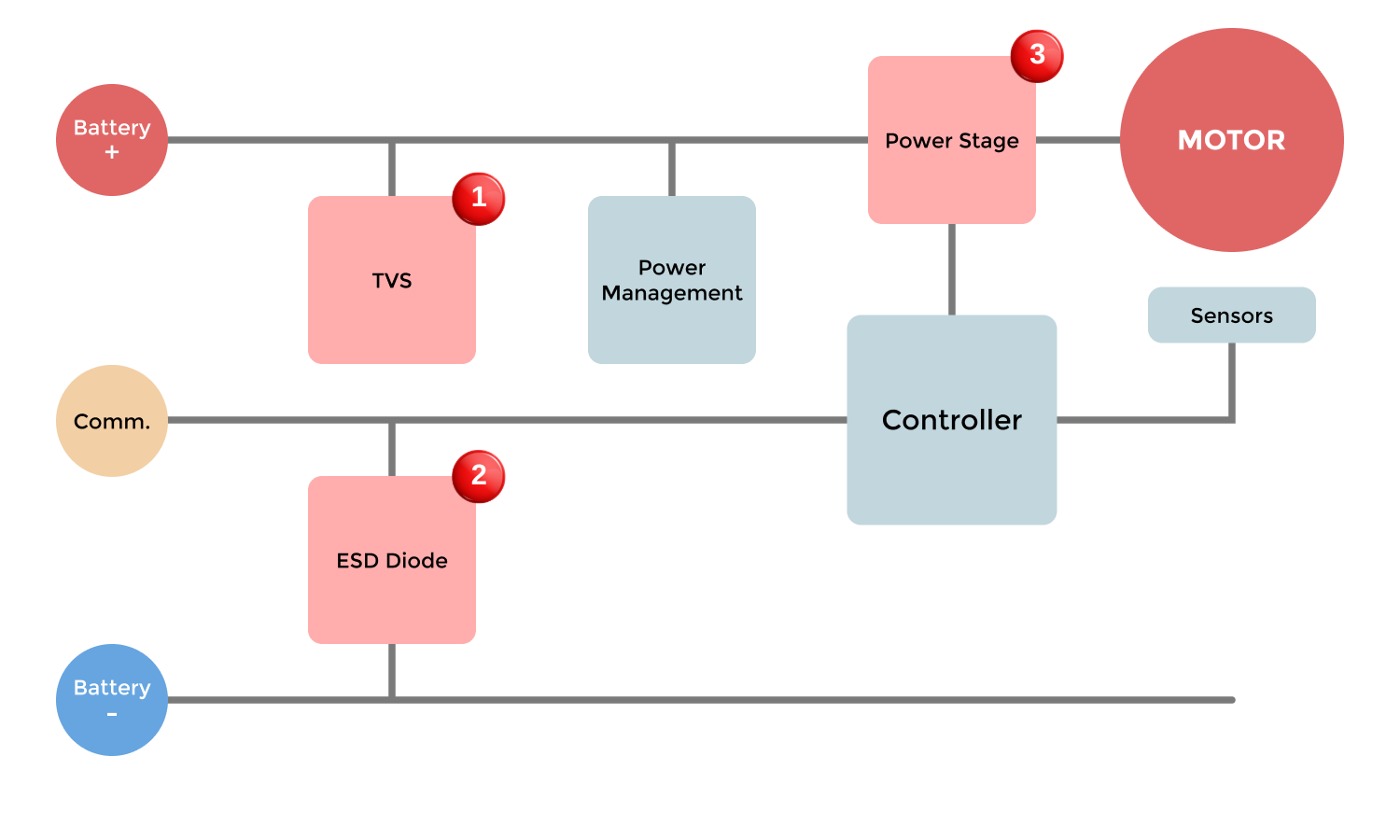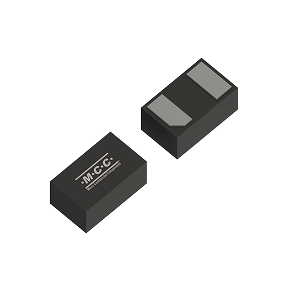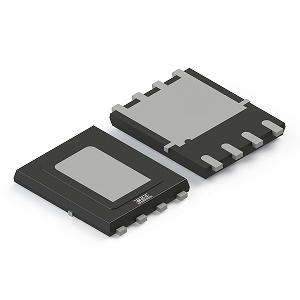/ Enabling Cordless Mobility
Converting energy from the battery into mechanical power is at the heart of cordless power tools — from drills and saws to nail guns, glue guns, chainsaws, and many other applications.
Motor units play a crucial role in delivering performance that rivals corded tools. Engineers must carefully consider many aspects of the motor unit design to ensure the end product provides reliable operation and long battery life while being relatively lightweight and easy to use.
/ Application Considerations
To ensure the highest levels of quality and reliability, engineers should factor the following application considerations into their motor unit design:
- Motor technology - brushed DC motors and brushless DC motors offer different pros and cons. Brushed versions are cheaper and simpler but less efficient, while brushless ones offer superior power and lifespan.
- Battery type - many products use lithium-ion (Li-Ion) batteries due to their high energy density and long lifespan. Alternatively, nickel metal hydride (NiMH) batteries are more cost-effective but have lower energy density.
- Motor size and power - brushless DC motors are more compact and better-suited for lightweight tools, while brushed DC motors are larger in size to provide the torque required in heavy-duty applications. Finding a balance between size, weight, and power output is essential.
- Safety features - trigger locks, emergency stop mechanisms, and motor braking can help protect users from accidents and promote safe operation.
- ESD protection - diodes or other safety measures should be in place to address harmful electrostatic discharge.
- Thermal management - because cordless tools generate substantial heat during operation, proper mechanisms, such as heat sinks, proper ventilation channels, and thermal motor cut-off switches, should be in place to prevent overheating.
- Motor unit compatibility - the motor unit must be designed to meet the demands of the specific application while operating efficiently with the battery technology selected.
- Durability - power tools can take a beating, so their construction and components should be durable enough to withstand impact, vibrations, dust, moisture, and extreme temperatures.
- Noise reduction - gears and motors can be designed to reduce noise levels and enhance user safety and comfort.
/ Block Diagram

/Recommended Products
Get a Competitive Edge on Your Next Project
No matter the application or industry, MCC has the service and components you need to get to market faster and reduce overall costs.



